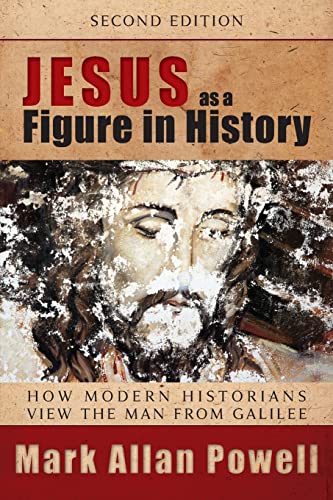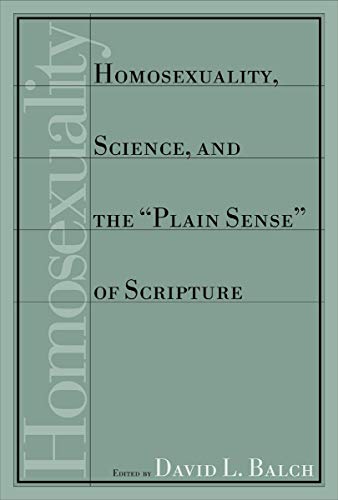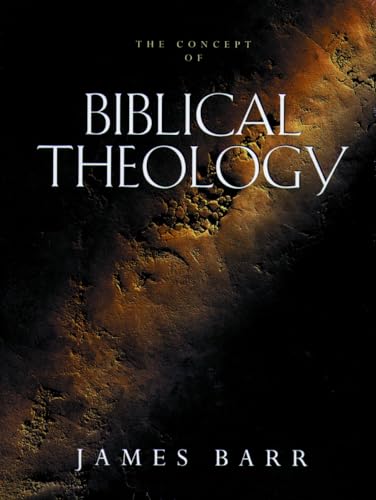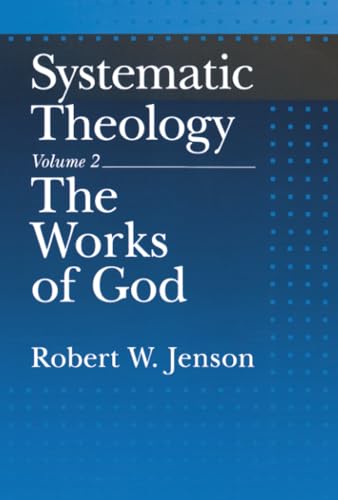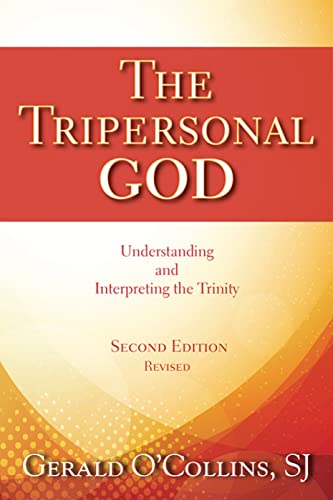Jesus as a Figure in History: How Modern Historians View the Man from Galilee
Written by Mark Allan Powell Reviewed By K.E. Brower‘Life-of-Jesus Research’ (LJ) in the twentieth century ran the gamut from Wrede’s thoroughgoing scepticism and Bultmann’s ‘we can now know almost nothing about Jesus’ to the far more positive results from the ongoing ‘Third Quest’. Professor Powell of Trinity Lutheran Seminary, Columbus, Ohio, has given us a valuable critical appraisal of the methods and results achieved by some important recent participants in LJ. Although Powell readily confesses, ‘I trust my life and destiny to what I call “the Jesus of story” ’ (8), he thinks the historical enterprise is very important. Powell’s assessment combines judicious interaction with the critiques offered by other scholars with his own weighing of the strengths and weaknesses of these assessments. This gives the reader a conspectus of the debate as well as seeing Powell’s own contribution.
Powell begins with an orientation to LJ from Strauss, Schweitzer, Käsemann, and Bornkamm, to Perrin before introducing the ‘Third guest’. He then asks the interesting question, ‘How did Jesus get lost?’ Here we meet Wrede as well as Mack and Fiorenza. Powell offers appreciation and telling critique of each in turn.
Before examining some contemporary images of Jesus in chapter three (Social Prophet, Charismatic Jew, Magician, Jewish Sage, Cynic Philosopher), Powell sets out the sources and criteria for Jesus research in helpful summary form (ch. 2). He then devotes a chapter each to ‘The Jesus Seminar’; John Dominic Crossan; Marcus Borg; E.P. Sanders; J.P. Meier; and N.T. Wright. These are scholars whom Powell considers important in the current debate, selected from across the spectrum of historical views, from those who are most sceptical to those who are confident that our sources will allow us to say a great deal about the historical Jesus. His even-handed treatment is seen especially in these chapters. For example, despite trenchant criticism, he offers a charitable conclusion to the work of the Jesus Seminar: ‘a group of like-minded scholars testing a set of hypotheses regarding Jesus as a figure in history’ (81). But, like Crossan’s, their Jesus ‘is very dissimilar from the Jesus in whom many early Christians believed …’ (99). At the other end of the spectrum, Wright’s work raises questions about eschatology and Jewish responsibility for Jesus’ death.
In the final chapter, Powell identifies continuing issues and concerns. First is method: sources available, criteria for use and approaches to be taken. Second is the relationship of Jesus to Judaism: is he a Hellenistic Jew, Charismatic Jew or Jewish Prophet? The third is the return to the question of Jesus and eschatology: is a non-eschatological Jesus credible? Or did Jesus have ‘a powerful future orientation with specific ideas about what God was going to do soon’ (174). And what about Jesus and Politics? Was he interested in social renewal or only spiritual? The continuing problems of the supernatural and Jesus’ intentions cannot be ignored either.
This is an excellent book, deceptively simple in its sophisticated discussion because it is written in such a readable style. It is refreshing in its balanced critique as well as its ready acknowledgement that the work of the historian is important to Christian faith but that belief is not dependent upon historical results. This is no retreat to obscurantism or fideism, however. For Powell, the Jesus of history is a subset of the Jesus of story; they overlap, but it is ‘the witness of the Spirit, in the testimonies of saints and martyrs, and in my own life experience’ (9) which sustains the story of Jesus and continues to give it power. Highly recommended.
K.E. Brower
Nazarene Theological College, Manchester


